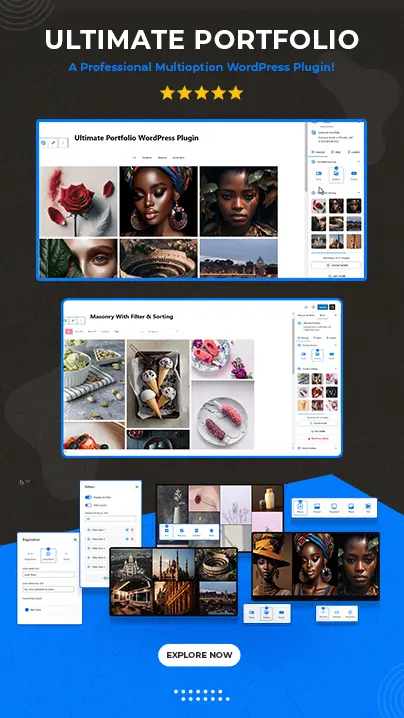
A website has become a critical marketing tool and customer touchpoint in today’s business landscape. However, ensuring that it fulfills its purpose isn’t easy. You need to keep it operating at its peak performance. That means conducting regular updates, stellar security measures, and features that boost customer interactions and experience.
A good website is visually appealing but also highly functional. With business space becoming quite competitive, the need for you to make your website stand out in all ways has never been greater. But you must know that already. One thing that most businesses don’t consider is the level of accessibility of the website. Building an accessible website makes it inclusive and is critical to boosting your business reputation, traffic, and conversions.
What is an inclusive website?
An inclusive web design ensures you haven’t left out any group of users, regardless of their user capability. Overlooking any category of users, such as those living with disabilities, is a colossal business mistake that might cost you a considerable portion of your business audience. Inclusivity means caring for all users despite their educational background, age, gender, sexual orientation, religion, or socio-economic class.
Your brand messaging and web design needs to show your stand on equity, diversity, and inclusion. The Americans with Disability Act (ADA) requires websites to be inclusive using accessibility design. Below are six things you can do to make your website more accessible and inclusive to help you build a larger customer base.
Make navigation easy
Many people rely on assistive tools for speech recognition, screen readers, adapted keyboards, head wands, and trackball mice to access web content. This is because they can’t access the web otherwise as most other people would. If your website doesn’t support these inventions, persons who need these tools won’t be able to access your site.
Make navigation easy if you want to make your website is accessible to everyone. Include visual indicators on tabs so visitors can see where they are in relation to the various pages.
Provide alternative text for images
One prominent feature of a good website is its imagery. However, the images won’t be helpful to a user with blindness if they can’t tell that the image is there and what it means. For that reason, your web design must include descriptive alternative text for images. This is a simple feature to implement, yet most websites overlook it.
Remember that accessibility tools such as screen readers can’t read images and rely on the HTML tags and alt text you provide to navigate and convey the image information. This should be part of your ADA compliance website checklist. At the same time, include captions and transcripts to video and audio content.
Structure your content properly
Your site’s content is the most critical factor as it helps your audience understand your business and what you want from them. Great content will keep your visitors engaged and eventually convert them to customers. But that means you don’t only have great content, but well structured and readable as well.
When creating content, consider all users, including the 2.2 billion people globally suffering from some form of visual impairment. The structure of your content should make it easy for everyone to read, including persons with cognitive, language, or visual disabilities.
A good structure involves breaking down text blocks using headers and subheadings to make them more skimmable. It also means proper contrast between the content and background, adequate use of white space, text that’s large enough, and avoiding justified text.
Reduce clicks to include those with motor disabilities
Most of the time, accessible design is only associated with features that favor the visually impaired. However, those with motor disabilities deserve the same level of attention in a site’s design. Many disorders can impede online usage for people with motor impairments, including cerebral palsy, multiple sclerosis, limb trauma or loss, and spinal injuries. This means that accessibility to persons with motor impairments is a considerable challenge.
Therefore, reducing the number of clicks required to perform tasks is critical for users with motor impairments. Even one click is a huge task for those who suffer from motor impairments, and lowering the effort can significantly impact their web experience. Ensure that you take the necessary steps to guarantee that your visitors can navigate your site via keyboard and assistive technology tools.
Use descriptive tags for your links
You should include text that accurately describes the link’s destination when you include links in your article. In the eyes of screen readers, generic phrases such as “click here” and “learn more “do not qualify as descriptive and are ineffectual.
Users with screen readers rely on the link description to get the information provided on the link. Links without descriptive tags will cause users using assistive technology to miss out on properly interpreting the context of a link. For example, people with visual impairments need to understand what the links on your website mean. Otherwise, you may find your business in an ADA website lawsuit settlement for discrimination against the visually impaired.
Conclusion
Web ADA compliance requirements for designing your website for inclusivity and accessibility imply creating digital solutions that cater to the needs of all users, regardless of their level of disability. As a result of following these rules, your website will be more useable by the general public. This benefits your reputation, boosts traffic to your website, and increases the time visitors spend on the site. This makes it easier for more people to buy from you. It can also improve your website’s SEO.
